
The Luther Rose is a powerful symbol of faith, designed by Martin Luther in the 1500s. It represents core Christian teachings—faith in Christ, peace, joy, and eternal blessings. As we celebrate Reformation Month, limited edition Luther Rose mugs are being released, making it the perfect time to reflect on its significance and legacy.
Like this:
Like Loading...

The “MB” monogram, standing for Mater Beatissima or Blessed Mother, symbolizes Mary’s grace and faith, dating back to the Middle Ages.
Like this:
Like Loading...
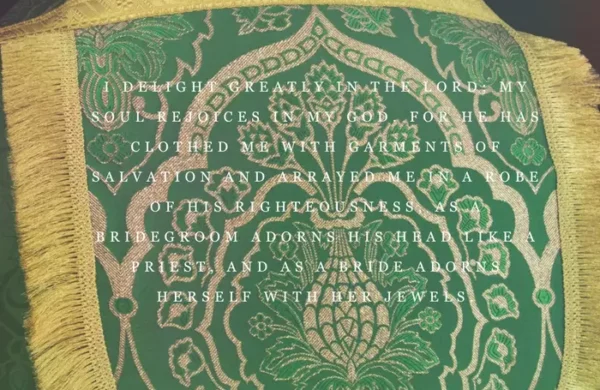
Cope, a liturgical vestment worn in Christian denominations such as the Roman Catholic, Anglican, and Lutheran churches. It traces the cope’s origins from Roman cloaks to its evolution into a ceremonial garment by the 9th to 13th centuries. Made from luxurious fabrics and adorned with religious symbols, the cope is typically worn during non-Eucharistic services like processions. Its color changes with the liturgical calendar, symbolizing clergy authority and the Church’s long-standing traditions.
Like this:
Like Loading...
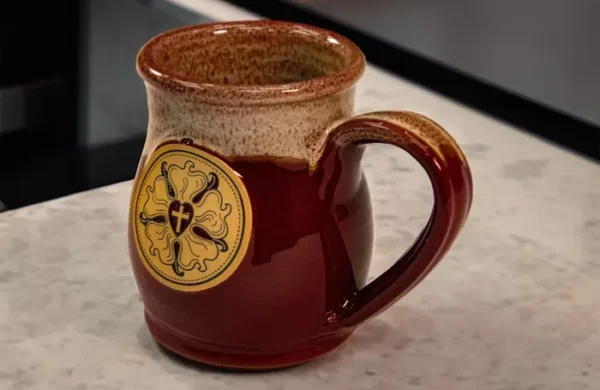
This October, celebrate Pastor Appreciation Month and Reformation season with our limited-edition handcrafted mugs. Each one is hand-thrown by local Minneapolis artists, capturing cozy fall vibes in warm maroon, cream, caramel, and dark chocolate tones. Perfect for gifting to your pastor or enjoying during crisp autumn mornings, these mugs are uniquely crafted, available in extremely limited quantities. Once they’re gone, they’re gone—so grab yours while they last!
Like this:
Like Loading...
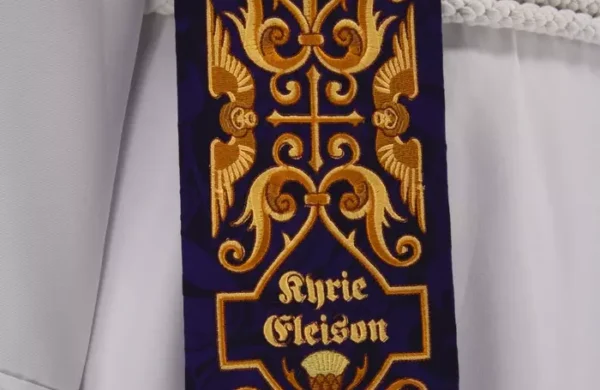
The phrase “Kyrie eleison” reminds us of the vital balance between mercy and justice, emphasizing our need for God’s grace in everyday life. This reflection calls for humility, compassion, and a deeper recognition of divine intervention.
Like this:
Like Loading...
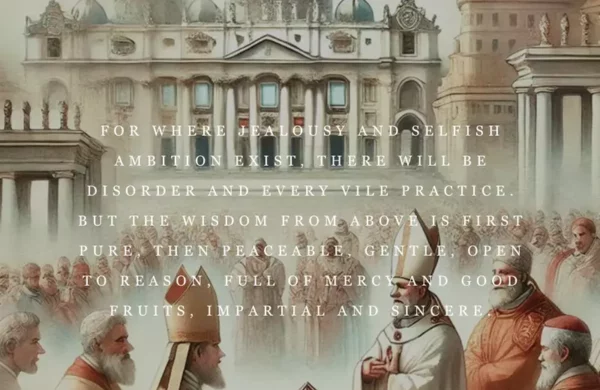
The Western Schism (1378-1417) was a key event in Church history, marked by multiple claimants to the papacy, dividing European support and weakening Church authority. It ended with the Council of Constance, which restored unity under Pope Martin V.
Like this:
Like Loading...
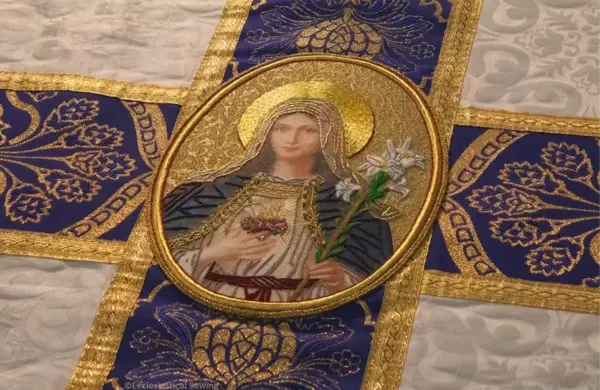
A casket pall, a ceremonial cloth used in funerals, symbolizes respect, equality before God, and resurrection. Originating in medieval Europe, it recalls baptism and new life in Christ. Traditionally white for purity and victory over death, palls were once black to signify mourning. The shift to white reflects a focus on resurrection and eternal life, emphasizing hope over mourning.
Like this:
Like Loading...
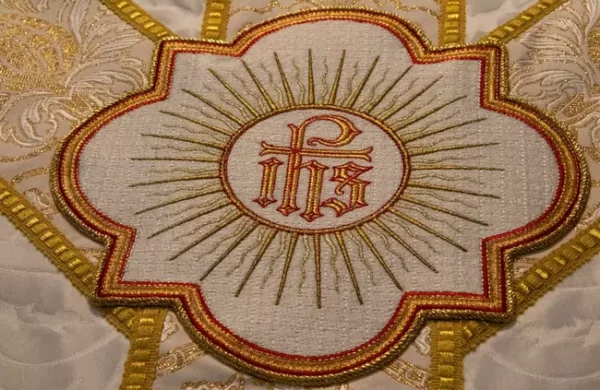
In Luke 18:1-8, Jesus tells a parable about a persistent widow seeking justice from an unjust judge. He uses this story to encourage his disciples to always pray and not lose heart, showing that persistent prayer leads to trust in God’s eventual response, even if it differs from our expectations.
Like this:
Like Loading...
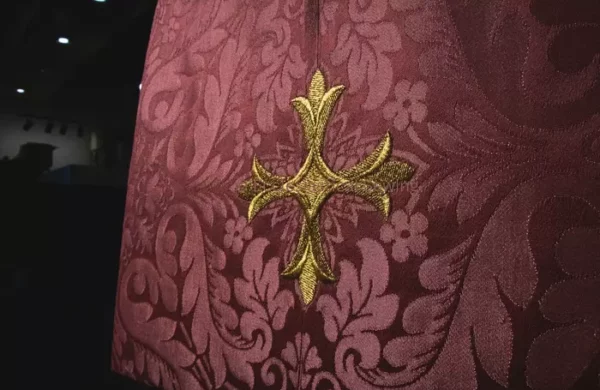
The Fleury Cross, with its fleur-de-lis ends, blends religious and royal symbolism, originating in medieval France. It gained prominence in heraldry, associated with French kings and chivalric orders, symbolizing Christianity and divine right to rule. Today, it holds significance in both religious and secular contexts, found in logos, institutions, and churches.
Like this:
Like Loading...
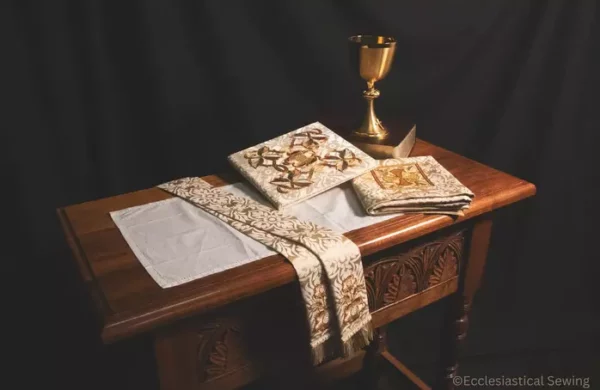
Ecclesiastes teaches us about life’s uncertainties and the need to act wisely. It advises enjoying life’s pleasures, making smart decisions, and trusting in God’s plan. The passage warns against chasing empty pleasures and encourages living with purpose and trust.
Like this:
Like Loading...

Ecclesiastes 3 reminds us that life has its own rhythm, encompassing various seasons of joy, sorrow, growth, and challenges. It teaches us to accept the natural flow of life and find balance in its contrasting threads. Through it all, God’s presence remains constant, guiding us and making everything beautiful in its time. Each season has its purpose, encouraging us to cherish every moment and find joy and meaning in our journey.
Like this:
Like Loading...
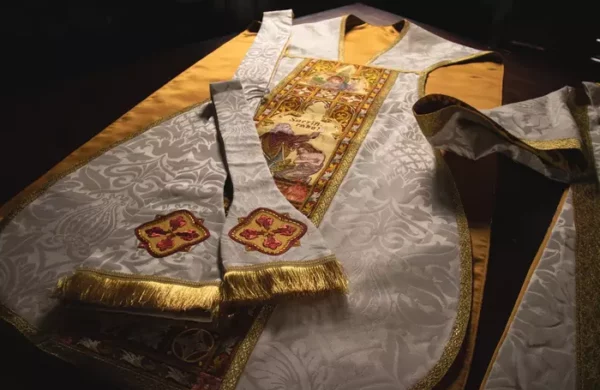
Our company aims to transform church worship by reviving high-quality, traditional vestments. Rejecting low-grade, mass-produced alternatives, we honor centuries of craftsmanship with detailed, meaningful designs. While we can’t serve every church, we strive for excellence and need your help to spread the word. Share our mission and support us in preserving the art of church vestments.
Like this:
Like Loading...
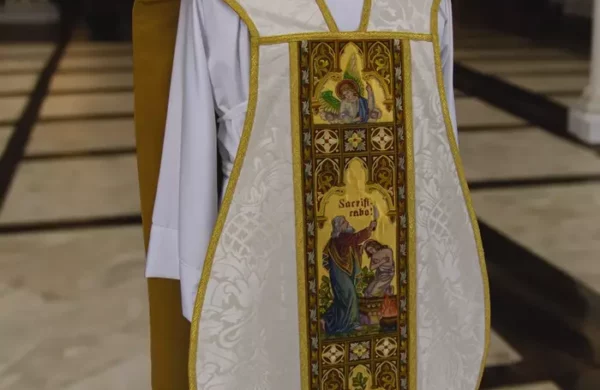
Reviving a century-old Roman fiddleback chasuble, this restoration project breathes new life into a hand-embroidered liturgical treasure. Featuring our Ivory Fairford fabric, the set includes a matching dalmatic, deacon stole, maniples, and regular stole in the traditional spade-end style.
Like this:
Like Loading...
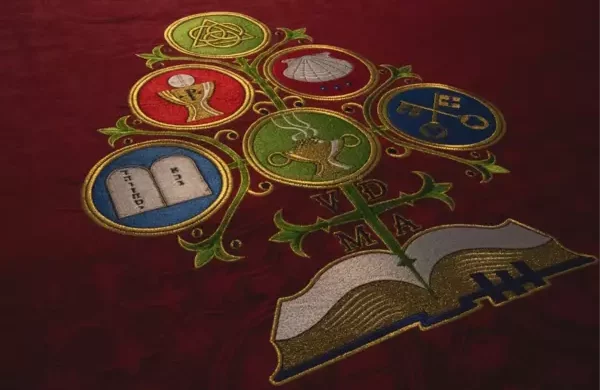
The Parable of the Good Samaritan, found in Luke 10:25-37, tells the story of a man who is robbed and left for dead on the roadside. Both a priest and a Levite pass by without helping, but a Samaritan stops to assist him. The Samaritan tends to the man’s wounds, takes him to an inn, and pays for his care. Jesus concludes the parable by highlighting the Samaritan’s compassion and instructs his listeners to emulate his example by showing mercy to others. This parable teaches the importance of kindness and compassion toward everyone, regardless of differences, emphasizing the universal value of caring for those in need.
Like this:
Like Loading...
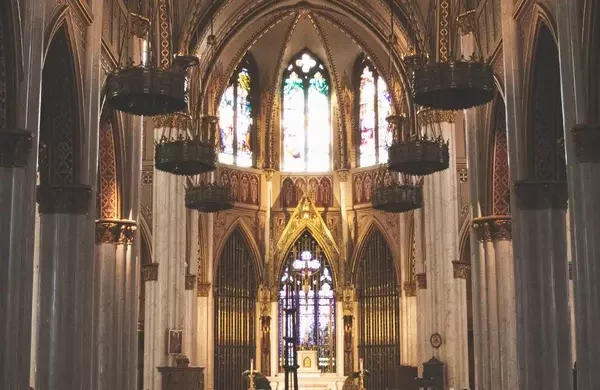
Explore the legacy of stained glass artisan F.X. Zettler, for his mastery of the Munich Style. From award-winning windows to technological innovations, Zettler’s influence extended globally, shaping the market for Catholic church windows. While rooted in tradition, his company’s contemporary projects reflect a departure from the Munich Style, exploring modernistic designs for diverse venues.
Like this:
Like Loading...
















You must be logged in to post a comment.